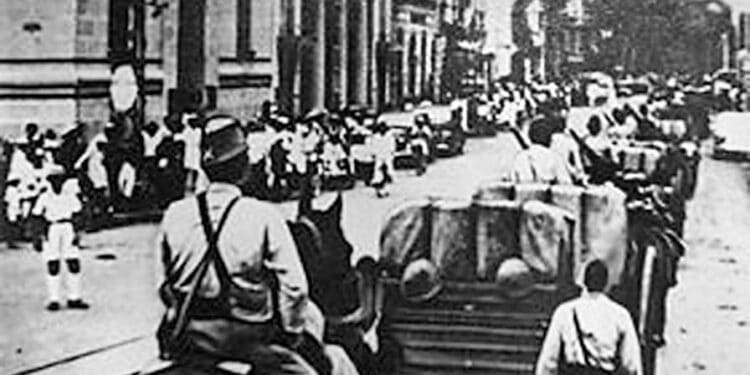By Jean Huon
French missionaries tried to convert Siamese people since 1550 but without success. One century later, they established some missions, and a Siamese delegation came to France in 1684 and 1686; it was received by King Louis the XIV. Some ambassadors, military councilors, soldiers and Jesuits were sent into the country to curb the British influence. But a revolution at the end of the 17th century put an end to the French presence.
Both countries established new diplomatic relations in 1856. A few years later, the French settled in Indochina, namely in Tourane in 1858, and took control of the Mekong Delta between 1859 and 1867. The King of Cambodia accepted a protectorate of France in 1863, without the agreement of Siam which was holding sway over Cambodia. But this situation was accepted by a peace treaty signed on July 15, 1867.
France extended its colonization of the country by the conquest of the Red River Delta and of Hanoi in 1873. In 1887, the Indochinese Union was created with Tonkin, Annam, Cochinchina and Cambodia. Laos would join later, in 1893.
Few people know that a war happened in Indochina, between France and Thailand in 1940-1941. Tourist guides are silent on the subject, and tours of the city of Bangkok never show the Victory Monument built after the conflict.
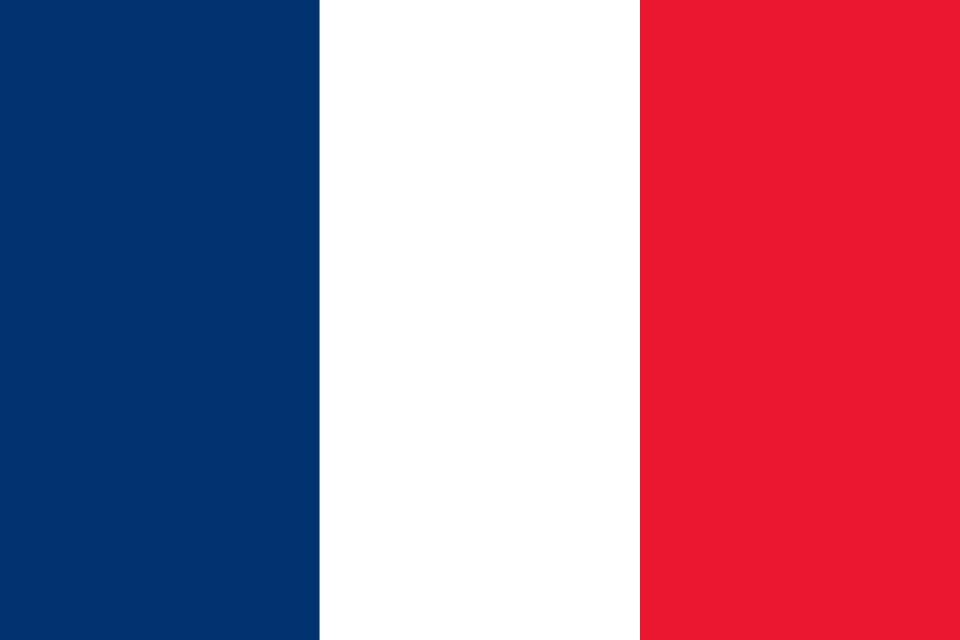
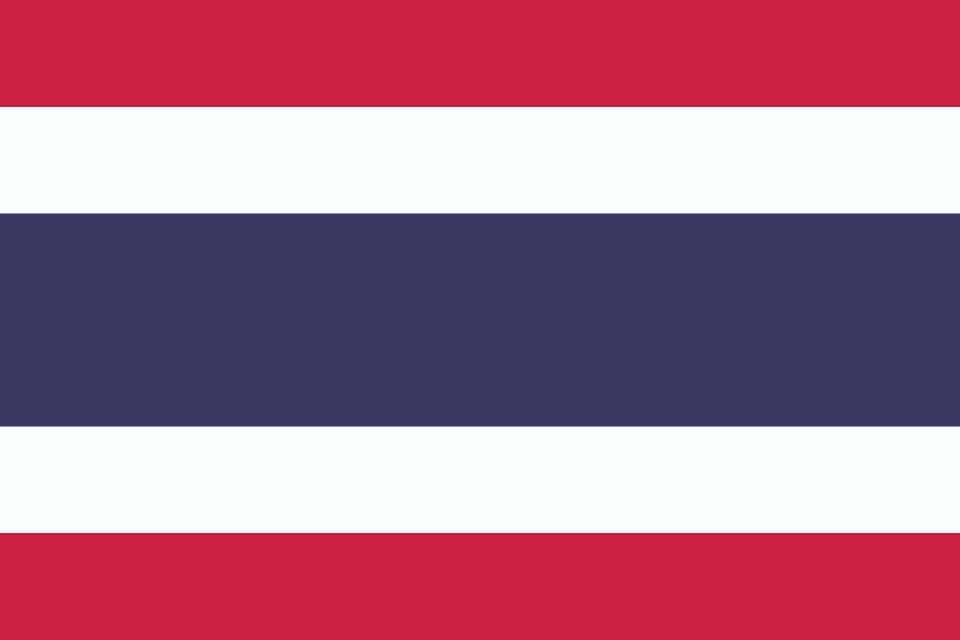
The Origins of Conflict
Siam resented the integration of Laos in the Indochinese Union. Many skirmishes happened on the border, and France sent a warship off Bangkok. Without any help from the British, Siam accepted this situation.
New incidents erupted in 1906 and 1907 because of new territorial claims concerning territories in Cambodia and in Laos. After a British mediation, some exchanges of land were made, and the problem was solved by an agreement in 1909.
During WWI, Siam joined the Allies in July 1917, and an expeditionary force of 1,284 volunteers was sent in France. They were mainly assigned to services such as drivers, medical service and ordnance. One hundred of them were trained as aircraft pilots.
After the War and for 20 years, no trouble occurred between France and Siam. In 1932, after a coup d’état, the King was forced to accept a constitutional regime. Lieutenant-Colonel Prajadhipok, also known as Phibun, became the leader of the country. He was a former cadet of the French Military Academy and an admirer of Mussolini. He established a strong, nationalist, authoritarian government. He changed the name of the country of Siam into “Thailand” and claimed the incorporation to Thailand of all Thai people living in Burma and Laos. After discussions with France, a no-aggression agreement was reached and signed on June 12, 1940.
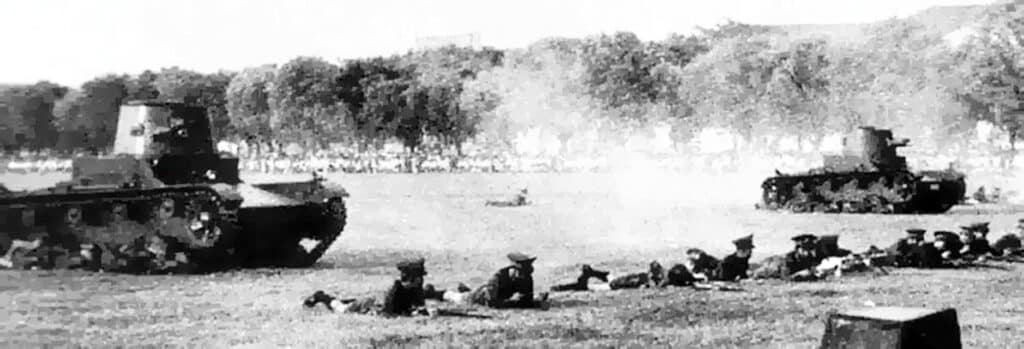
Hostilities
After the disaster of June 1940 and the defeat of France, Thailand expressed again territorial claims. Japan was probably part of this scheme. Japan issued an ultimatum to the French to allow the Japanese Army to march through Tonkin and take the control of the railway between Hanoi and the Chinese border. General Catroux, commanding the French Army in Indochina declined, but he was dismissed by the Vichy French government and replaced by Admiral Decoux.
Decoux reached an agreement on September 22, 1940, with the Japanese. They were allowed to use French air bases and set up 6,000 men on the Northern bank of the Red River. On the same day in the evening, 30,000 Japanese soldiers invaded Indochina. Despite the resistance of the French, 4 days later, the Japanese occupied the country. But strangely, the French administration remained in place.
During this time in Thailand, Phibun became general and prime minister, setting up an authoritarian policy.
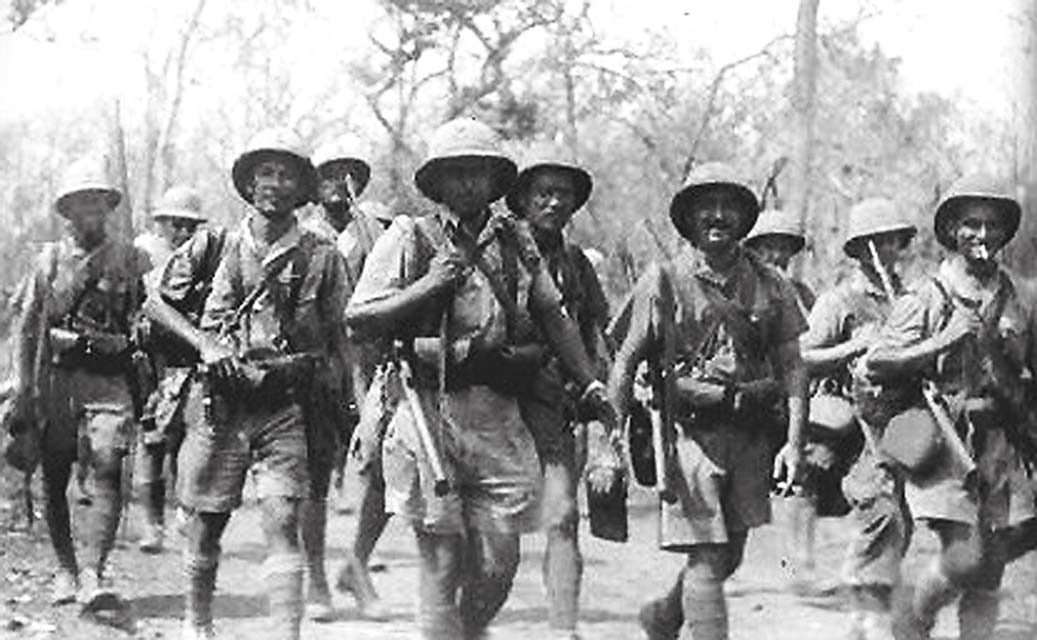
He believed that he could take advantage of the weakness of France to send an ultimatum to the government of Vichy, claiming the territories lost during King Chulalongkorn’s reign: Melou Prei and Tonle, Repou in 1904; and Battambang, Sisophon and Siem Reap in 1907.
In November 1940, taking advantage of the French being busy quelling a rebellion among peasants, Thai Armed Forces crossed the Cambodian border on several locations. The Thai Air Force dropped bombs on Thatket and Savannakhet in Laos. After December 1, new incidents happened in Cambodia: bombing and artillery shelling. In retaliation, several Thai air bases were attacked by the French Air Force.
In January 1941, Thai forces attacked both Cambodia and Laos. They invaded Yang Dang Khum and Phum Preav, and the French forces reeled back. Admiral Decoux set up a counter-attack with the 5th French Foreign Legion Infantry regiment on January 16. Several Thai villages were taken, but the troops could not hold on the battlefield. Thai tanks tried to pursue but were stopped by an anti-tank gun.
Admiral Terreau, the French Navy commander, received the order to set up urgently a naval force. He rallied all the warships available: the Lamotte-Picquet cruiser, the Dumont d’Urville, Amiral Charner, Tahure and Marne corvettes. Its commander was Captain Bérenger. He attacked the superior Thai fleet in the Koh Chang Gulf. After 2 hours, the torpedo boats Songhkla, Chonburi and Trad were sunk; the Donburi and Sri Ayudhya armoured gunboats, severely damaged.
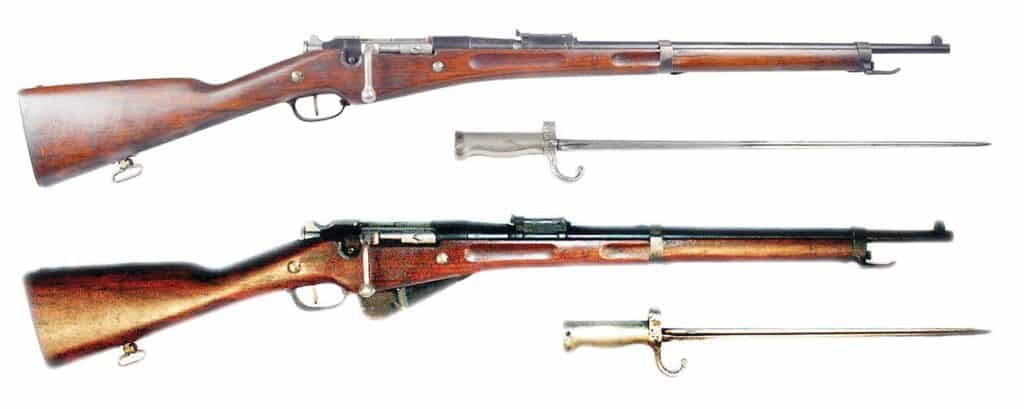
Berthier M1902 and 1902 M16 rifle for Indochinese troops. Ammunition—8mm Lebel. Capacity—3 or 5 rounds.
End of the War and the Japanese Mediation
On January 19, 1941, the Thai Army reached the South of Laos, and Angkor was bombed. One day later, Japan imposed its mediation. On January 30, an armistice was signed in Saigon, and hostilities stopped for 2 weeks. The troops had to pull back 6 miles from the frontline.
Negotiations were opened in Tokyo on February 7. At first, the French delegation rejected the Thai claims. But at that moment, Admiral Darlan became the head of the Vichy government, favoring cooperation, and it had to submit.
A peace treaty was signed on March 11; Thailand recovered the territories given to France: Battambang, Siem Reap, Kampong Thom and Stung Treng in Cambodia; Sayabouri and Champasak in Laos. 420,000 people and 19,000 square miles were involved. The monarchs of Cambodia and Laos were not even consulted! The territories annexed by Thailand were returned to France only on November 1947.
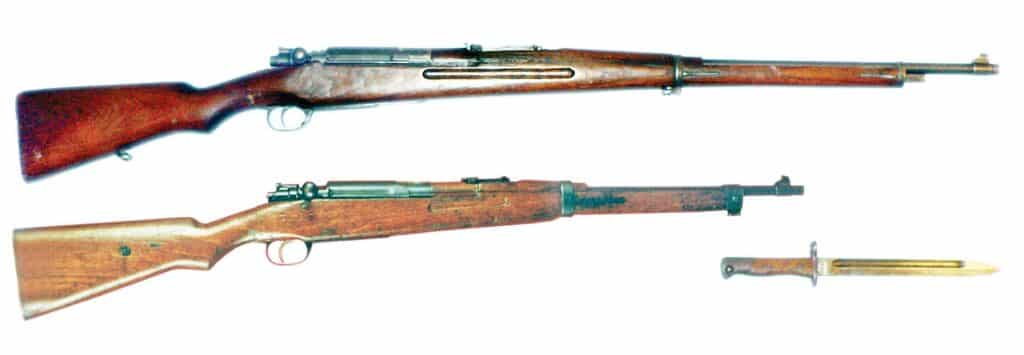
Type 66 Siamese rifle and Type 90 carbine. Ammunition—8x52R. Capacity—5 rounds.
Retaliation
These annexations and the growing Japanese influence had a negative influence on the relations between Japan and the United States, which declared an embargo on steel and oil sales to Japan.
Meanwhile, the American secret services and the British set up a local resistance against the Japanese called “Seri Thai.”
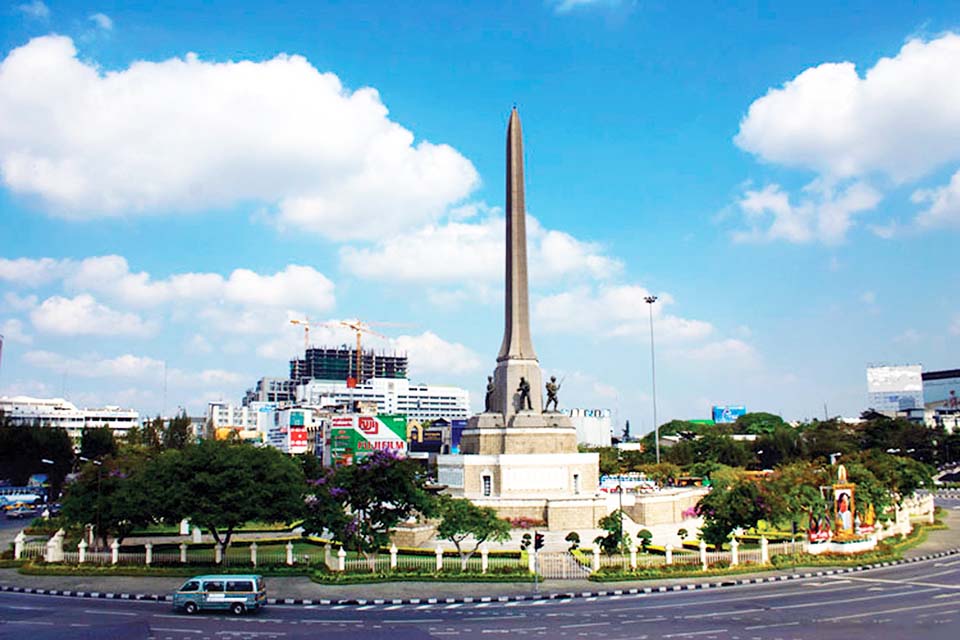
Epilogue
After the war between France and Thailand, Japan invaded Cambodia and demanded to march through Thailand into Malaysia and Burma.
Without any answer from the Thai government, Japan invaded Thailand. Despite the resistance of the Thai Army, the government was forced into an agreement with Japan, and an alliance treaty was signed on December 21, 1941. Thailand declared war on Great Britain and on the United States on January 25, 1942. The Thai troops clashed with the British in Burma. A resistance was organized by the OSS.
At the end of war, the government of Thailand was overthrown and Phibun stepped down . He was arrested by the Allies as a war criminal, but could not be put in court because of a strong popular support; he was ultimately released.
| THE OPPOSING FORCES | ||
| FRANCE | THAILAND | |
| Ground Forces | ||
| French forces in Indochina at that time numbered 50,000 men, 12,000 of them coming from France and others from Indochina. They were organized in 41 infantry battalions, two artillery regiments and one engineer regiment. The main units were: the 5th French Foreign Legion infantry regiment; 3rd Tonkin Fusiliers regiment; and 9th and 11th Colonial infantry regiments. | In the 1930s, the Thai Army was reorganized with modern equipment. The First line troop numbered 60,000 men and the reserve 300,000. First line troops were organized in four armies, each one up to five divisions. The Headquarters could rely on two mechanized cavalry regiments, an artillery battalion, a signals battalion, an engineer battalion and one armored regiment. | |
| SmallArms | ||
| M1892 revolver and Ruby pistol 8mm Lebel M1886-93 rifle 8mm M1902, 07-15, M1916 and 1902 M16 Berthier rifles 8mm M1892 and M1916 Berthier carbine 7.5mm MAS 36 rifle 8mm Chauchat, 7.5mm 1934 Hotchkiss and M1924 M29 light machine gun 8mm Lebel 1914 Hotchkiss infantry machine gun 13.2mm Hotchkiss Navy anti-aircraft machine guns 7.5mm aircraft Darne and MAC 34 machine guns | British, American, German and Spanish pistols and revolvers Type 66 rifle (8x52R) (combined Mauser 98 action and Arisaka stock) Type 90 carbine (8x52R), same as above, with a short barrel Type 38 Arisaka converted to 8x52R Siamese cartridge Mauser 1938 carbine (7.92×57) .303 Lewis and 8mm Madsen light machine guns Vickers machine guns for infantry, tanks and aircraft (8x52R) Colt MG38 machine gun (8x52R) | |
| Tanks | ||
| Approx. 24 Renault FT-17 light tanks, only six of them operational | which there were: 60 Carden-Loyd machine gun carriers 60 Vickers 6-ton Mk E Type B light tanks | |
| Artillery | ||
| Approx. 100 guns including: Some 25mm anti-tank guns 75mm M1897 guns 80mm M1878 and 65mm M1906 mountain guns One group of 155mm Howitzers | Old Krupp and modern Bofors guns | |
| Air Forces | ||
| Approx. 100 planes including: 30-odd Potez 25 biplane fighters 9 Morane–Saulnier M.S. 406 fighters 4 Farman F.221 four-engine bombers (low speed) 6 Potez 542 reconnaissance and attack twin-engine aircrafts 8 Loire 130 seaplanes | Between 150 and 200 aircraft: 36 V93s Vought biplane fighters, built under license 2 P-12 Boeing biplane fighters 12 Model 34 Curtiss Hawk I biplane fighters 12 Model 35 Curtiss Hawk II fighters 24 Model 68 Curtiss Hawk III fighters Some Curtiss Hawk 75N fighters 33 Nakajima Ki-27 (Nate) fighters 30 Mitsubishi Ki-30 (Ann) light bombers 9 Mitsubishi Ki-21 (Sally) twin-engine bombers 9 Glenn Martin B-10 twin-engine bombers 20 Avro 504N training biplanes | |
| Navies | ||
| Several ships used in the Battle of Koh Chang | Thailand had a modern fleet with vessels provided by Japan and Italy: 3 armored gunboats 10 torpedo boats 2 sloops 2 mine-sweepers 2 submarines The Navy had also its own Air Force and two Marine battalions. |
| This article first appeared in Small Arms Review V24N4 (April 2020) |



